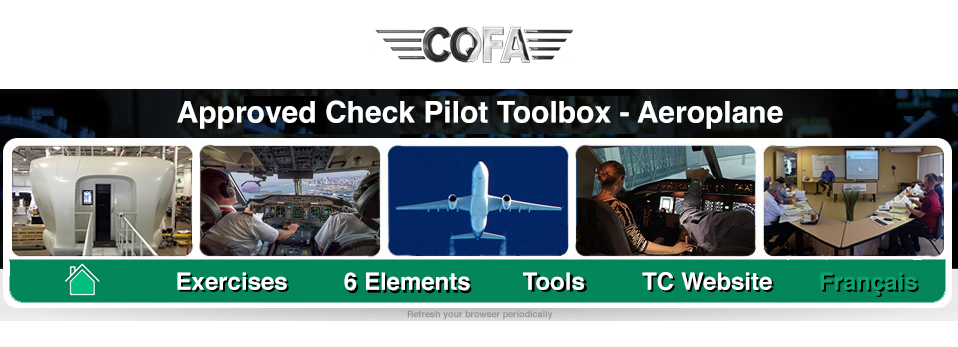Power Loss on ICL (V1)
Aim
Determine the candidate’s ability to recover from an engine failure at the most critical stage of flight.
Description
In a simulator, the pilot will demonstrate a take-off with failure of the critical engine at a speed greater than V1 and at an altitude of less than 50 feet AGL; or at a speed as close as possible to, but greater than V1 when V1 and V2, or V1 and Vr are identical.
In an airplane, the pilot will demonstrate a simulated engine failure after take-off at a safe altitude and no lower than V2 + 10 airspeed and appropriate to the aeroplane type under the prevailing conditions. If the AFM does not provide V speeds, the engine failure will occur as close to the take-off safety speed as is safe and appropriate to the aeroplane type under the prevailing conditions.
Performance Criteria
(06/2017 FTG p.47)
Engine failures after V1 require good heading control. There are no tolerances published on how much swing that an aircraft may experience on an engine failure. Each aircraft type has its own characteristics and this in turn will depend on the time of engine failure and the type given. The ACP will base the assessment on his knowledge of the particular aircraft type. Once under control, evaluate the candidate according to the performance criteria of the Engine Failure Multi Engine Aeroplane in section 23. Engine Failure above.
